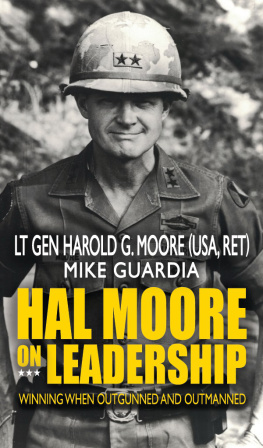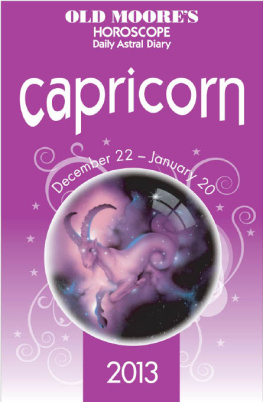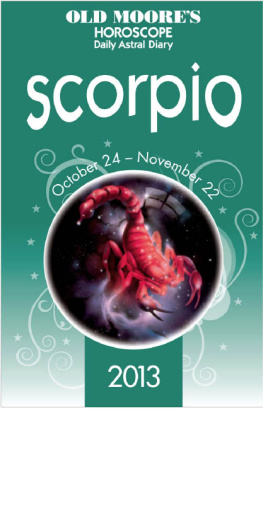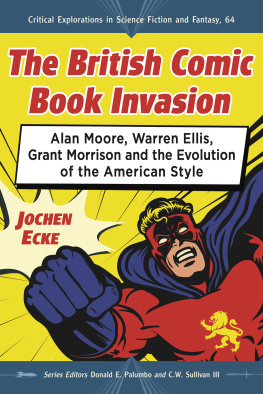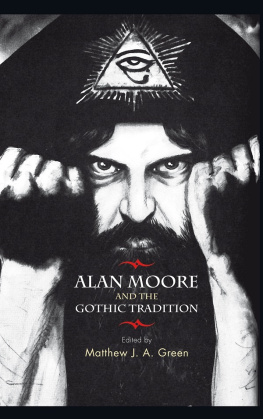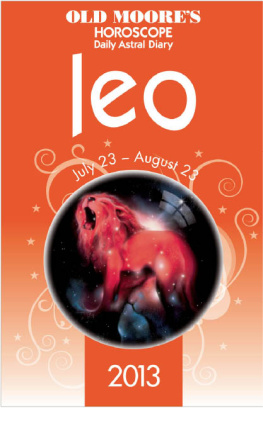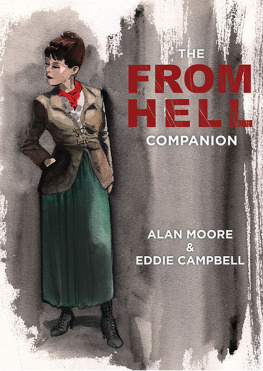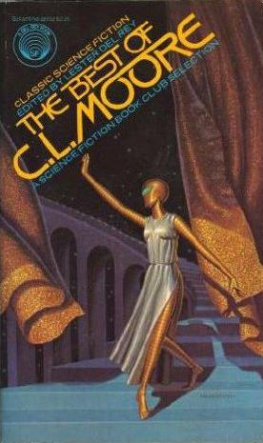ALAN MOORE: CONVERSATIONS
Conversations with Comic Artists M. Thomas Inge, General Editor
Alan Moore: Conversations
Edited by Eric L. Berlatsky
University Press of Mississippi Jackson
www.upress.state.ms.us
The University Press of Mississippi is a member of the Association of American University Presses.
Copyright 2012 by University Press of Mississippi
All rights reserved
Manufactured in the United States of America
First printing 2012
Library of Congress Cataloging-in-Publication Data
Moore, Alan, 1953
Alan Moore: conversations / edited by Eric L. Berlatsky.
p. cm. (Conversations with comic artists)
Includes index.
ISBN 978-1-61703-158-8 (cloth : alk. paper) ISBN 978-1-61703-159-5 (pbk. : alk. paper) ISBN 978-1-61703-160-1 (ebook) 1. Moore, Alan, 1953Interviews. I. Berlatsky, Eric L., 1972 II. Title.
PN6737.M66Z46 2012
741.5942dc22
[B]
2011009838
British Library Cataloging-in-Publication Data available
INTRODUCTION
Alan Moores privileged position in the history of comics is certain. It is also complex and contradictory. He is, perhaps, still best known for Watchmen (198687), though his prodigious output since has reduced that epoch-making series to just one of his many accomplishments in the field. Watchmen itself is a contradictory text, a superhero story about the dangers of heroism, a Cold War tale that also eerily predicts the events and aftermath of 9/11, a meditation on the philosophy of time that presents the reader with two seemingly mutually exclusive temporalities, sequential and simultaneous. It is a series that was originally published in the United States, takes place there, and comments on its status as a Cold War superpower, but is written and drawn by two Englishmen. Created for one of the big two corporate comics companies, whose copyrighted characters and work-for-hire contracts often allow little room for creative freedom, it is written by one of the most iconoclastic, rebellious, and freethinking figures in the medium. These tensions and ambivalences helped make Watchmen that great rarity, a text that is both widely popular and critically lauded. Its selection as one of Time magazines 100 Best English-Language Novels since 1923, merely cemented the broad consensus about the books quality and importance. Along with Art Spiegelmans Pulitzer-winning Maus and Frank Millers Batman: The Dark Knight Returns, both also published in 1986, the book has been frequently credited with kickstarting the newfound perception that comics were not just for kids anymore and would henceforth be taken seriously. While comics may have taken several steps backward before reaching its current position, wherein sequential juxtaposed images are all but assumed to be a valid and interesting aesthetic medium, and even a commercial draw, Watchmen certainly played a significant role in this cultural transformation.
For Moore, however, the contradictions and complexities go well beyond his most popular and fted creation. Known as the single most important figure to shift the balance of power and influence in mainstream comics away from the artist and towards the writer, he began his career as a little-known and most often pseudonymous cartoonist, responsible for both the words and images in his weekly funny-animal newspaper strip, Maxwell the Magic Cat (under the name Jill de Ray) and a weekly half-page feature in Sounds, a national alternative music magazine (under the name Curt Vile). These strips find Moore primarily as a humorist, architect of wryly dark and off-kilter gags (Maxwell) and a series of giddy, trippy parodies of the mystery and science fiction genres (Roscoe Moscow and The Stars My Degradation, respectively). The inventive, if occasionally cramped, use of page space in the two Sounds strips prefigured Moores innovative breakdowns in his later work, despite the fact that by then, he was no longer his own artist and was directing layouts in legendarily elaborate full scripts.
In contrast to these humble beginnings, his worldwide renown was built on the brief period during which he was writing superheroes for DC Comics, from 1983 to 1989. During that time, DC published Watchmen, V for Vendetta (begun for Warrior magazine in England), Batman: The Killing Joke, almost four years worth of the monthly horror/superhero series, Swamp Thing, and a variety of smaller projects. Before coming to DC, Moore wrote superheroes for Marvel UK (Captain Britain) and Warrior (Marvelman) in England. Indeed, at one point during 198283, he and Alan Davis (illustrator of both strips) had a monopoly on superhero comics created in England. From this, it might seem that Moore was inevitably married to the long-underwear adventure stories that dominated the industry since the 1960s. In fact, however, Moores relationship to superheroes was always an ambivalent affair. While Captain Britain (and Swamp Thing) functioned within the boundaries of superhero genre tropes, if intelligently and intricately so, both Marvelman (called Miracleman in the U.S.) and Watchmen took the genre apart from the inside. Moores restlessness with superheroes could be seen elsewhere, as well. It came forth in a feminist essay about the poor treatment of women in mainstream superhero comics, in an affectionate character assassination of Marvel boss Stan Lee (both essays in Daredevils, a 1983 Marvel UK comics magazine), and in his unwillingness to be confined to that genre, despite its market dominance.
In the admittedly more flexible British market, Moore wrote straight science fiction (Future Shocks, Skizz, Dr. Who, and Star Wars shorts), feminist space opera (Halo Jones), sci-fi comedy (D.R. and Quinch), horror-comedy (The Bojeffries Saga), and dystopian noir (V for Vendetta) in addition to Maxwell and the Sounds strips. On the other side of the Atlantic, his mainstream superhero work was spliced with horror, noir, and science fiction, while he kept a hand in smaller press adventure comics and the occasional creator-owned alternative foray. His much-publicized departure from DC in 198889, and his short-lived abandonment of superheroes was then less a sudden career about-face than it was a conscious choice to emphasize certain elements of his trajectory over others, sacrificing a measure of economic security for creative freedom when it seemed these two strands were no longer reconcilable. The conflict between economic solvency and creative liberation did not spring suddenly on Moore in the late eighties, however. Rather, it had continually been present in his working life for nearly the entirety of the previous decade. A proud member of the Northampton working class, Moore was heavily influenced in his comics-reading youth both by the Stan Lee/Jack Kirby Marvel Age and by the underground comix of Robert Crumb and his contemporaries. While Mort Weisingerera Superman was an admitted moral exemplar for the young Moore, among his creative idols were the iconoclastic writer, William Burroughs, and the avant-garde musician/composer, Brian Eno. Faced with economic hardship quite often in his youth, especially in the aftermath of his expulsion from secondary school for dealing acid, Moore was continually faced with the choice of money or creative freedom. He tended to choose both.
In the early part of the eighties, Moore split his time writing between the corporate UK sci-fi weekly magazine, 2000 AD, and Dez Skinns newly founded
Next page


